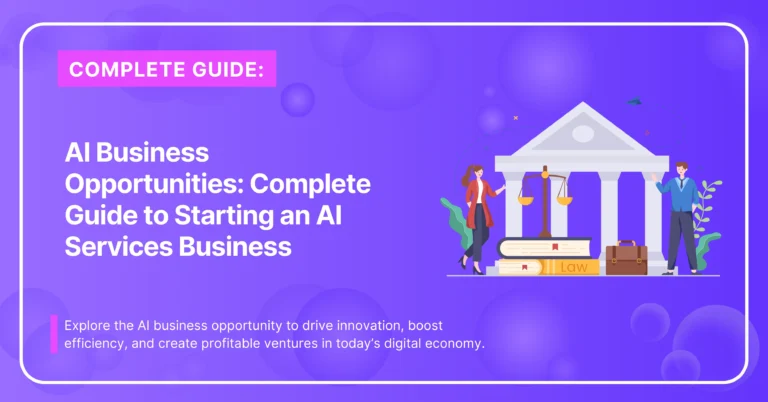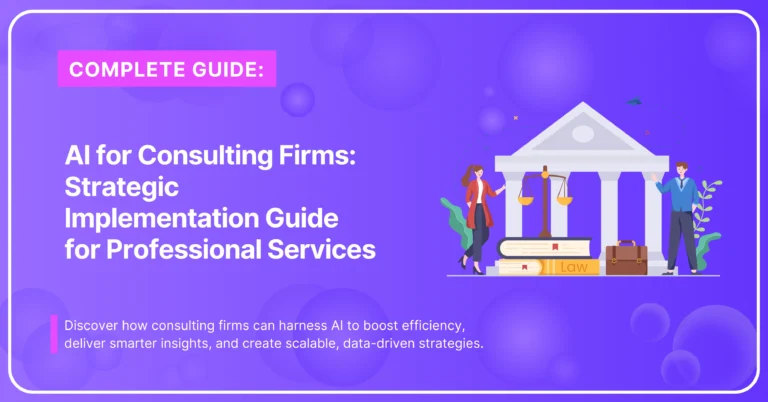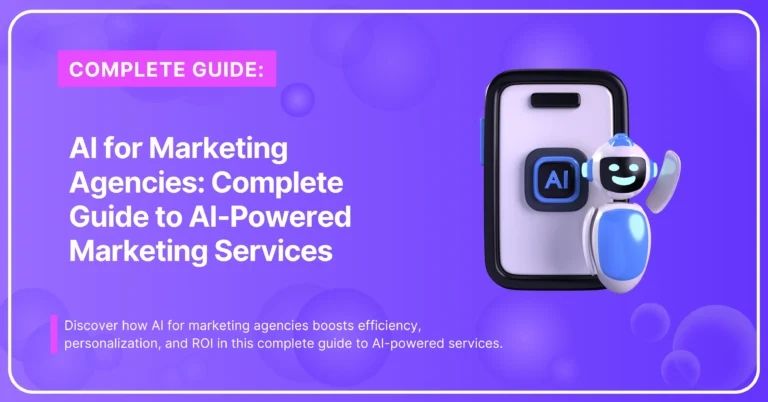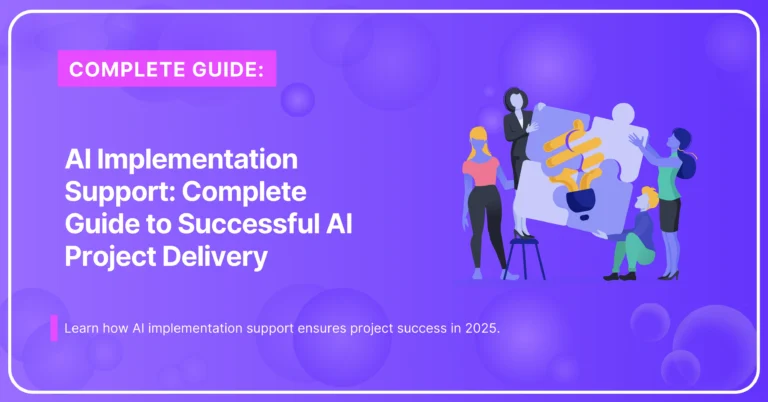AI solution partner programs are quickly becoming the backbone of enterprise AI adoption. As companies scale their AI efforts, they’re realizing that a strong partner ecosystem isn’t optional—it’s a strategic advantage.

Make Money With AI
Join our Partner Programs!
Boost your reputation, drive revenue and grow your business with CustomGPT.ai.
So if you’re designing, managing, or evaluating one of these programs, three areas matter most: certifications paths, incentives that drive real engagement, and benchmarks that show what success actually looks like.
Certification Paths
Certification paths are how vendors train and qualify their partners. They validate whether partners are truly capable of delivering AI solutions that meet enterprise standards.
What Are Certification Paths in AI Solution Partner Programs?
Certification paths are how AI solution partner programs validate expertise—and more importantly, readiness to deliver.
These structured learning journeys help vendors ensure that partners have the technical depth, industry insight, and implementation skills to deploy real-world AI. Today’s leading paths are:
- Multi-tiered (e.g., Registered, Silver, Gold, Strategic)
- Role-specific (e.g., data scientists, AI architects, consultants)
- Industry-aligned (especially for regulated sectors)

Common Components of a Certification Framework
Here’s how most AI certification paths are structured:
- Tiered levels: Typically include Registered, Silver, Gold, and Strategic tiers, based on a combination of certifications, project experience, and revenue impact. Reflect cumulative training, deployment experience, and business impact.
- Role-Based Learning: Tracks tailored to developer, architect, consultant, or sales personas. This ensures relevant training for the actual work being done.
- Industry Tracks: Especially important in sectors like healthcare or finance where regulatory compliance is non-negotiable.
- Scenario-based testing: Simulates enterprise deployment challenges—like working under compliance restrictions—so partners prove they can deliver under pressure.
- Ongoing renewal: Strong programs require annual or periodic re-certification to keep up with evolving tools, standards, and practices.
Partner Incentives
Incentives are the fuel behind any good partner program. But it’s not just about commissions—it’s about access, trust, and long-term opportunity.
What Top Partners Actually Value
Let’s be real—money matters, but great partner programs go way beyond margins and rebates.
The best incentives help partners win deals, stand out in crowded markets, and feel like true collaborators in product strategy. That means combining financial perks with strategic access and support.
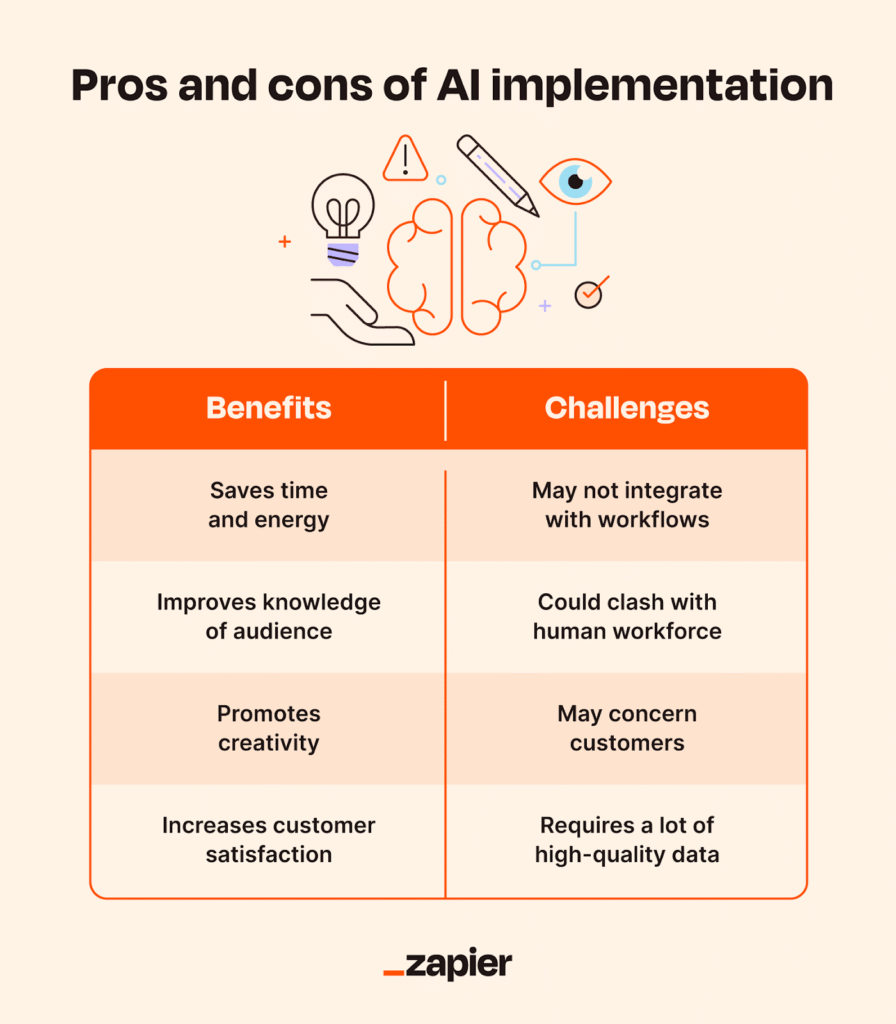
Tangible Incentives That Drive Engagement
Here’s what that typically includes:
- Revenue-based rewards: Volume discounts, rebates, and performance bonuses still matter—especially when tied to measurable outcomes like deployments or renewals.
- Deal registration and protection: So partners aren’t stepping on each other or the vendor’s own reps. This builds trust.
- Market development funds (MDF): Co-branded campaigns and lead generation, ideally with guidance—not just dollars.
- Early access and roadmap previews: Let partners test features, plan services, and shape what’s coming next.
- Sandbox and demo environments: Critical for building proof-of-concepts or customizing AI workflows for clients.
- Co-selling opportunities: Strategic account mapping, joint pitches, and access to enterprise opportunities.
Enterprise Benchmarks
Metrics are what separate marketing fluff from real partner impact. Let’s talk about what vendors—and customers—actually measure.
What Vendors Measure
Let’s talk about what success really looks like for AI solution partners.
It’s not just revenue—it’s about whether partners are delivering outcomes that matter to enterprise customers.
Most vendors now track things like:
- Deployment success: Are models going live on time and working as intended?
- Certifications held: Not just how many, but whether they’re current and relevant.
- Use case maturity: Are partners building simple pilots—or scalable, strategic AI use?
- Customer feedback: NPS, CSAT, or even AI usage analytics tied to satisfaction.
- Time-to-value: How long it takes to go from signed deal to real results.
- Innovation velocity: Are partners iterating and improving with each deployment?
Why These Metrics Matter to You
If you’re managing a program, these metrics help you spot where to invest—and where things are falling short. If you’re a partner, they show what it takes to stand out.

Competitive Comparison
Partner programs are not built the same. Here’s a look at how major players stack up, and what stands out about each.
How Leading Programs Stack Up
Let’s look at how some of the top AI vendors are structuring their partner programs—and where they differ.
Some focus on infrastructure and deep learning. Others lean into vertical enablement or application-layer agility. Your choice depends on what you’re building and who you’re building it for.
What Makes CustomGPT.ai a Standout Choice
Here’s a breakdown of a few standout programs:
- CustomGPT.ai: Prioritizes flexibility and co-innovation. Partners get sandbox access, roadmap input, and tools to deploy fully branded, custom AI chatbots fast. It’s built for services teams that want to move fast and deliver high-value AI to clients without needing a PhD in machine learning.
- AWS: Known for technical breadth. Offers a deep menu of certs and partner tracks, but navigating the ecosystem can be overwhelming for new entrants.
- Microsoft: Strong at co-selling, especially if you’re already in the Azure or Dynamics world. Great support for industry-specific AI use cases.
- Google Cloud: Focuses on ML and data analytics. Great if you’re building from the ground up with Vertex AI or TensorFlow.
- IBM: Offers verticalized programs with a big focus on compliance-heavy industries like healthcare, finance, and government.
- NVIDIA: A leader on the infrastructure side. Their partner track supports high-performance AI deployments, especially in computer vision and edge scenarios.
And here’s a table to sum that up:
| Vendor | Strengths | Best For |
| CustomGPT.ai | Fast deployment, partner co-creation, chatbot apps | MSPs, IT consultancies, vertical AI builders |
| AWS | Deep cert ecosystem, massive toolset | Infra-heavy AI projects, cloud-native builds |
| Microsoft | Co-sell, Azure AI, vertical solutions | Enterprise IT providers, regulated industries |
| Google Cloud | ML tooling, analytics, data science focus | Startups, research teams, ML-first orgs |
| IBM | Compliance, sector-specific support | Partners in healthcare, finance, public sector |
| NVIDIA | Edge AI, performance, compute acceleration | Vision, robotics, infrastructure builders |
Challenges & Best Practices
Let’s be honest—these programs aren’t perfect.
Partners burn out on certification fatigue. Some programs make it hard to track ROI. And post-certification engagement? That’s often the weakest link.
The best programs do three things:
- Tailor enablement by role. One-size-fits-all doesn’t work.
- Align support with go-to-market goals. Tech help should match sales priorities.
- Keep incentives real. If partners don’t see value, they’ll disengage.
If you’re running a program, check in with your partners often. Not just at QBRs—between them, too.
FAQs
What qualifies a firm for an AI solution partner program (skills, revenue, client base)?
Programs usually look at a mix of technical capabilities, industry expertise, past deployment success, and revenue potential. Some require a minimum client base or proof of enterprise-grade implementations.
How do tier levels map to deployment milestones and annual bookings?
Tiers often correlate with project volume, revenue influenced, and the complexity of deployments. Higher tiers usually require proven delivery of large-scale or high-compliance AI solutions.
What benefits—co‑sell, roadmap access, MDF—come with each tier?
Base tiers may offer basic listing and training, while advanced tiers unlock co-selling rights, strategic account mapping, roadmap previews, and marketing funds (MDF).
How do vendors measure and audit partner performance?
Common metrics include deployment success rates, customer satisfaction scores (like NPS), certification activity, and innovation velocity. Some vendors do quarterly audits or require performance reviews.
What renewal requirements ensure continuous technical excellence?
Leading programs require partners to re-certify regularly and keep pace with updated training modules. Others ask for annual proof of deployment activity or technical validations tied to evolving use cases.
Conclusion
If you’re building or joining an AI partner program, structure matters. Get the tiers right. Make the incentives real. And track what truly drives business value.
Partner ecosystems aren’t just support systems anymore. They’re the engine behind scalable, compliant, and customer-centric AI deployments.
Get your framework right, and everything else—enablement, adoption, outcomes—gets easier.
Ready to Build Smarter AI Solutions—Together? Join our AI Solution Partner Program and unlock the tools, training, and support to deliver enterprise-grade results.



